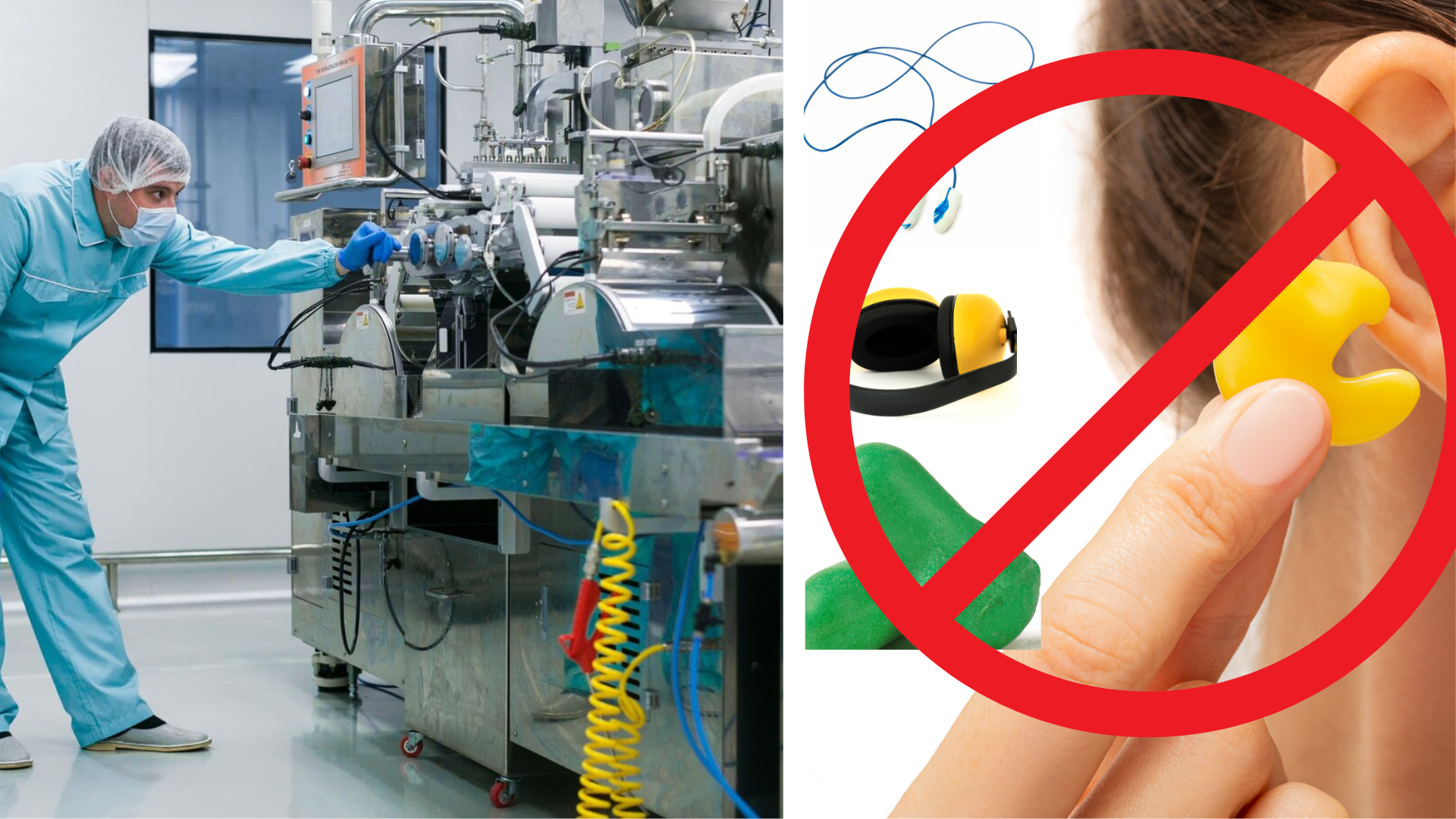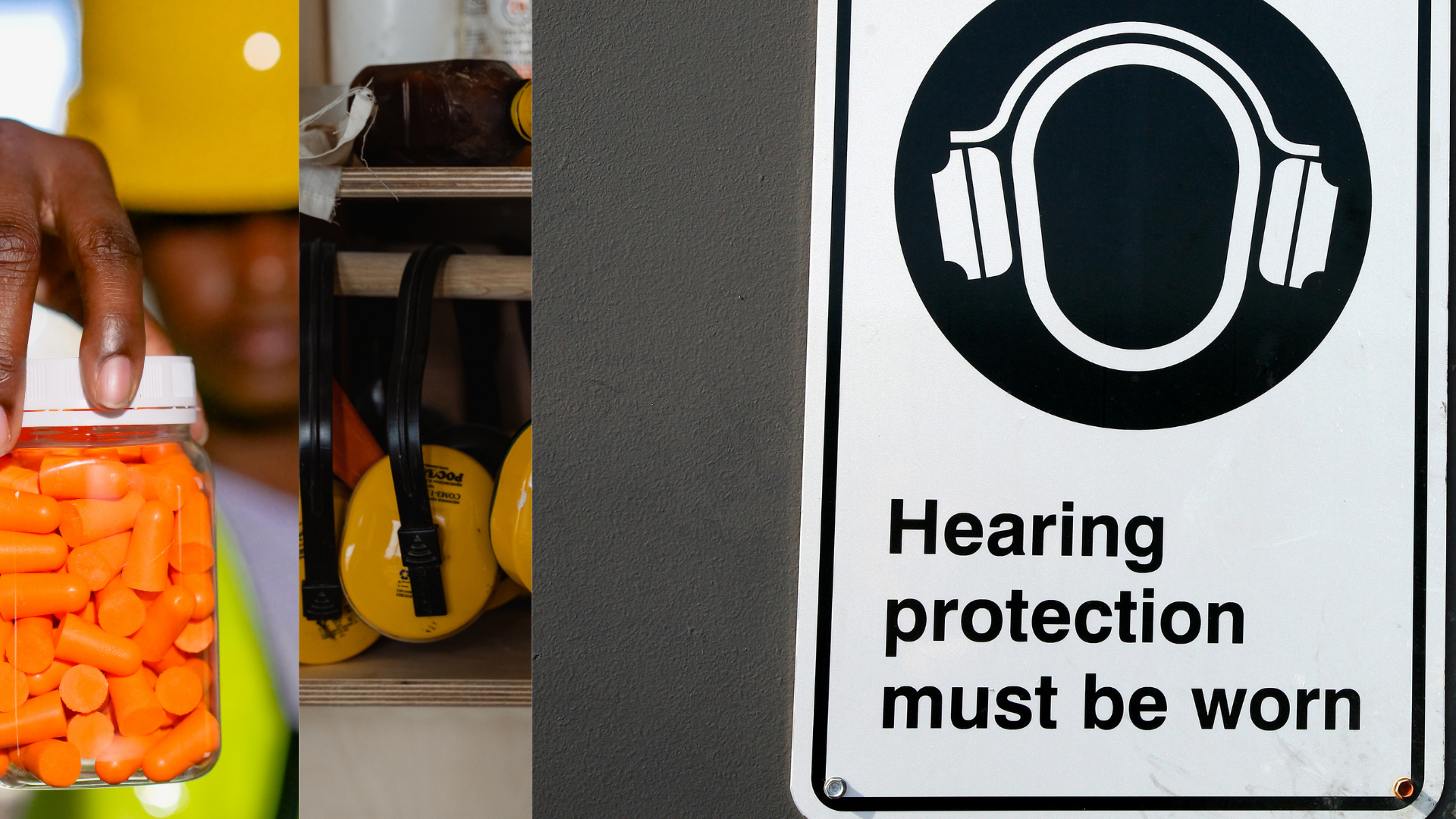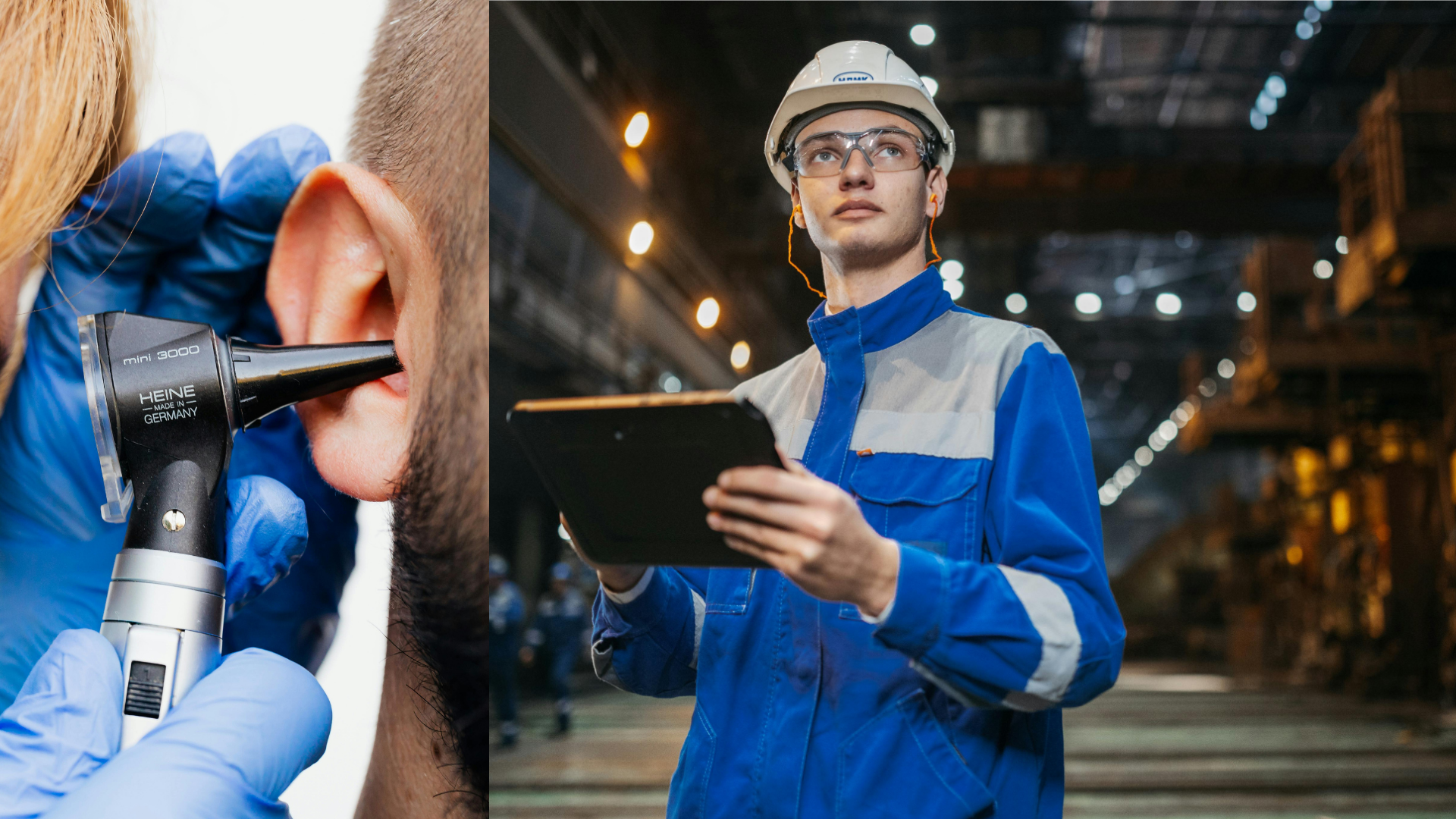Long Term Noise Exposure and Long Term Sun Exposure
Deanna Lennox • January 13, 2022
Long Term Noise Exposure and Long Term Sun Exposure

A lot of people aren’t aware that long-term noise exposure can have a negative effect that can develop gradually over time - much like sun exposure.
The damage of sun exposure can accumulate over time, leading to skin that looks prematurely aged. It can cause wrinkles, dark spots, freckles, and other issues as well as pre-cancerous and cancerous lesions.
What is noise-induced hearing loss?
Noise-induced hearing loss is permanent hearing loss that is caused by being around loud noises over a long period.
Hearing loss rarely occurs all of a sudden. It usually develops gradually, over a long time – and is therefore imperceptible at first. This is because those affected gradually get used to the onset of hearing loss. Because the brain can compensate for hearing deficiencies for a long time, there are few disadvantages in everyday life during the first phase.
But from a certain point, hearing loss can no longer be readily compensated for. Often, this is noticed by family and friends of the affected person long before they realize they cannot hear normally.
Exposure to hazardous noise is one of the most common occupational risks, both in the U.S. and worldwide. Recent studies indicate that 22 million U.S. workers are exposed currently to high noise levels on-the-job and 25% of U.S. workers have a history of occupational noise exposure at some point in their careers.
Who is at risk for noise-induced hearing loss?
People of all ages can develop noise-induced hearing loss. Individuals who attend loud concerts or listen to music through headphones at high volumes are more susceptible to NIHL. Those who have jobs in noisy environments are also particularly vulnerable. According to the Centers for Disease Control (CDC), jobs and industries with the highest risk of noise-induced hearing loss include:
- Agriculture.
- Carpentry.
- Mining.
- Oil or gas extraction.
- Construction. Military.










